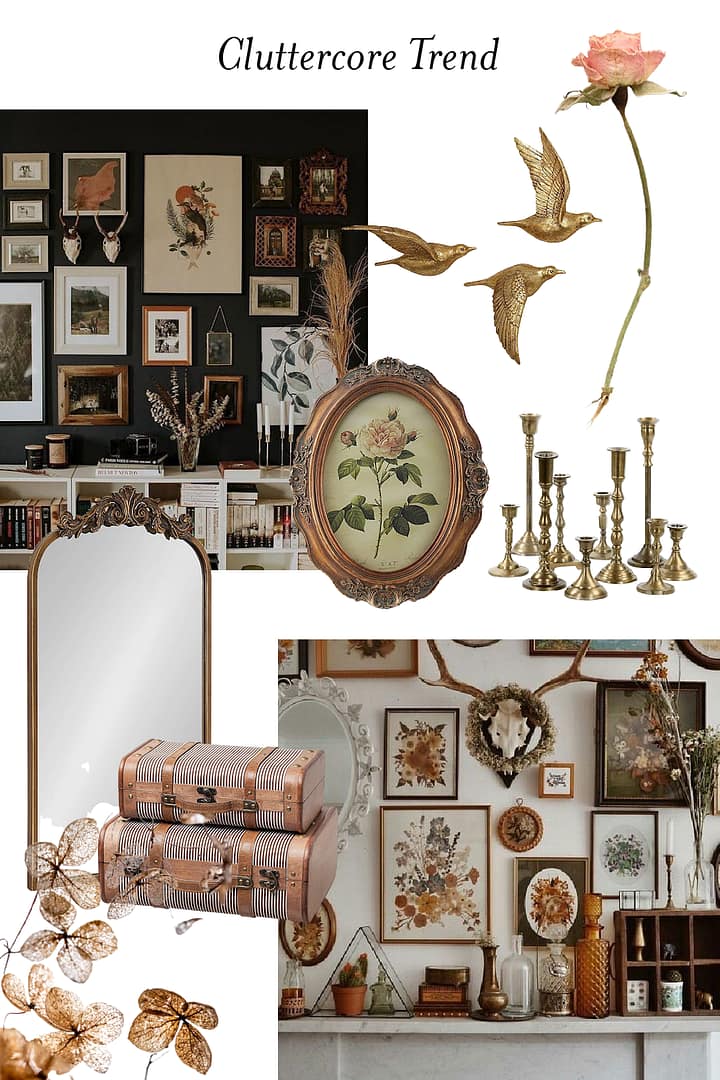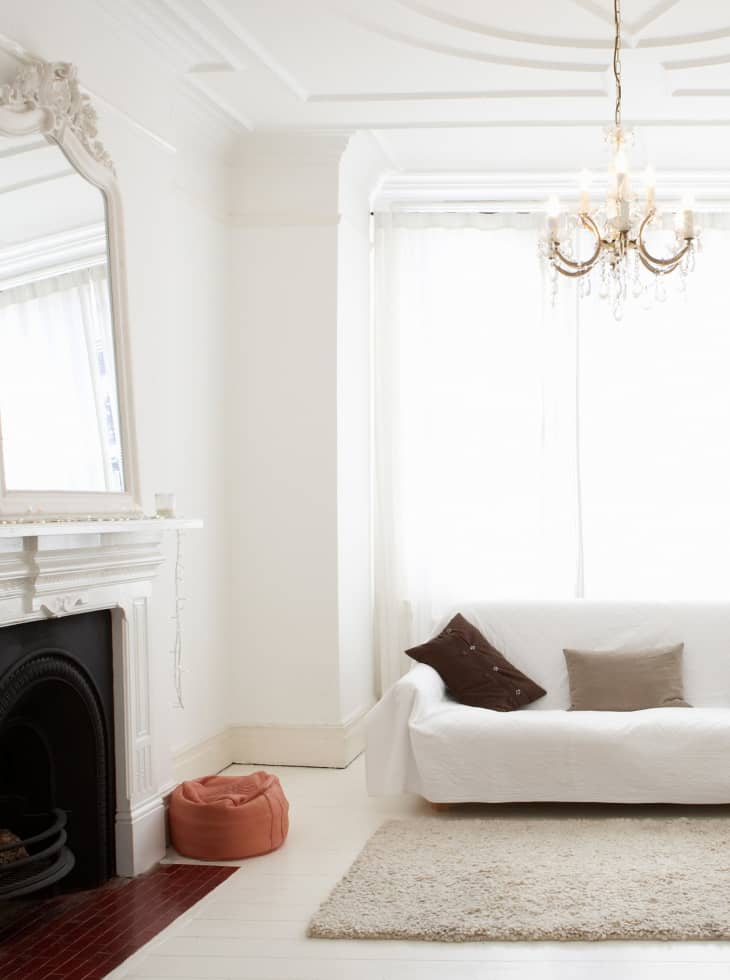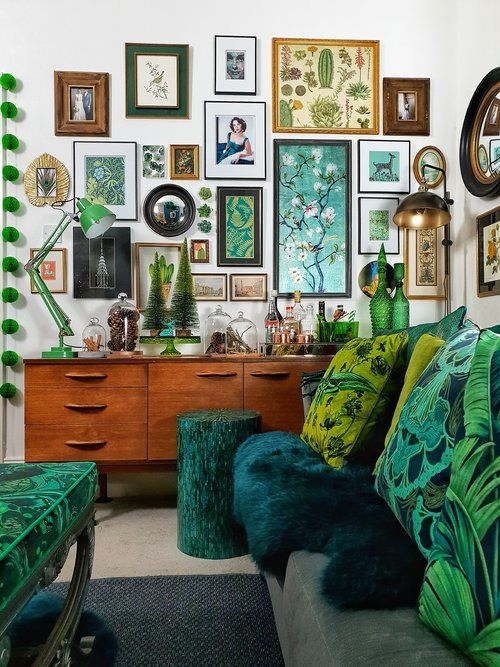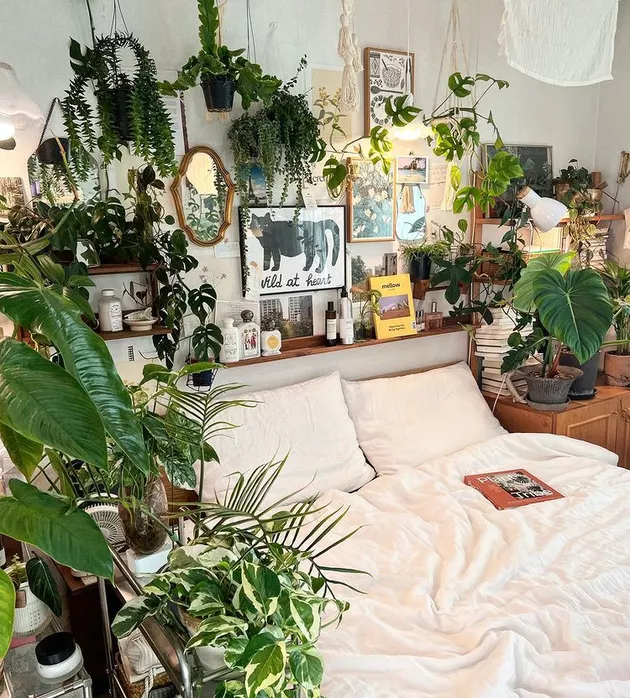Last Updated on October 9, 2024 by SampleBoard
There's been an interesting shift in the world of aesthetics.
First, there was the "less is more" movement, then came minimalism and its offshoot maximalism, but now we're seeing cluttercore taking center stage.
Some might see this as a step backward, but for many people, it's a refreshing change from the high-polish perfection that has come to be expected.

*Disclosure: I only recommend products I would use myself and all opinions expressed here are our own. This post may contain affiliate links that at no additional cost to you, I may earn a small commission.
Over the past few decades, minimalism has been the top design trend, with households prioritizing quality and functionality over excessive consumerism.
The Marie Kondo method has gained explosive admiration worldwide as people strive to eliminate things that do not “spark joy.”
People worldwide use decluttering to make more room in their homes and organize their untidy and overcrowded living spaces.
Minimalism is the notion of reducing something to its necessary elements.
As an art trend, it emerged after World War II as a reaction to abstract expressionism. For some modernists, decor is a product of capitalist excesses.

Minimalism, with its simplicity and elegance, was advocated to equalize interior design.
This concept eventually extended to how household items were organized and birthed different cleaning approaches.
As a Japanese cleaning consultant, Kondo highlights the meditative aspect of cleaning and organizing the house.
In her book The Life-Changing Magic of Tidying Up, she introduces her popular KonMari method, which encourages tidying by category rather than location.
Her technique suggests that the cleaning journey begins with clothes, books, papers, and miscellaneous items and ends with sentimental pieces.
At the heart of the method is keeping those things that speak to the heart and discarding those that no longer spark joy.
Kondo’s revolutionary system prides itself on having lasting results, with none of her clients relapsing into their old habits.
Cluster core is on the opposite end of the design spectrum, tagged by The Conversation as Generation Z’s revolt against the minimalism of the millennial generation.
Where minimalism focuses on the “less is more” mantra, cluster core takes a “more is more” approach.



This design trend acknowledges the difficulty of maintaining a minimalist household in the face of consumerism. Instead, it embraces everything that makes your house feel like a home.
The cluttercore movement advocates displaying what you already have and love—like artfully arranging all your family photos, stacking several canvas prints on your wall, or showing off your vintage snow globe collection.
It grounds itself in authenticity and constant curation and rejects minimalism as dull and impersonal.
The juxtaposition between minimalism and cluttercore is interesting, and each method is undeniably suitable for different audiences.
Cluttercore can indeed be the next design trend with its “organized chaos” perspective.
This movement works with items that already exist within a household and hold some sort of meaning to their owner.
As a design philosophy, it suggests that items be arranged through thematic or aesthetic relations.

There is also an emphasis on the intentional placement of things so that the room feels more balanced and personal.
Joseph Ferrari, a psychology researcher at DePaul University, says that a home's role is to function as a nest and as proof that we are holding it together.
This is where cluttercore shows its advantage—it genuinely personalizes your home and makes you choose to keep and display items with love and attention.
Minimalism and cluttercore cater to people who value very different aspects of their household.
Whether you prioritize functionality over sentimental value or vice versa, these two design aesthetics are worth considering.
In the end, it is your personality and vision that matter in the direction you take in making your home truly yours.




You have everything you need to know about the cluttercore design trend there.
This style is about embracing and proudly displaying your personal belongings in your home.
Cluster core might be the perfect solution if you're tired of minimalism and ready to add some personality to your space.